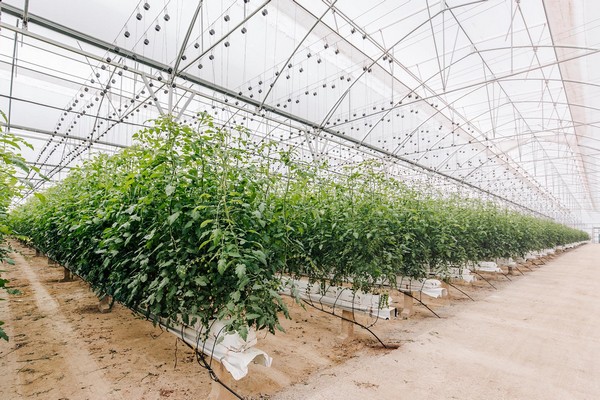Ginger (Zingiber officinale) is an important spice crop that has been used for centuries in traditional medicine and cuisine. In this article, we will explore the benefits of growing ginger and how to cultivate it, including the latest research on its health benefits, pest management, and post-harvest handling.
According to a recent study published in the Journal of Medicinal Food, ginger has been shown to have anti-inflammatory, antioxidant, and anti-cancer properties, making it a valuable addition to a healthy diet. Additionally, ginger can be a profitable crop for farmers, with the global market for ginger projected to reach over $4 billion by 2026.
When it comes to growing ginger, there are several important considerations to keep in mind. The first step is to select the right variety for your growing conditions, as ginger prefers warm, humid climates and well-draining soil. Farmers should also pay close attention to pest and disease management, as ginger can be vulnerable to fungal diseases, nematodes, and insects like root-knot nematodes, shoot borers, and aphids.
Harvesting and post-harvest handling are also important aspects of ginger cultivation. After harvesting, ginger should be cured, cleaned, and dried properly to prevent spoilage and ensure optimal quality. Farmers can also consider value-added products like ginger powder, essential oil, and candy to increase their income and diversify their products.
In conclusion, growing and utilizing Zingiber officinale can provide significant benefits for farmers, consumers, and the global economy. By following best practices for cultivation and post-harvest handling, farmers can maximize the potential of this versatile crop and contribute to a healthier and more sustainable world.
Tags: #gingerfarming #Zingiberofficinale #healthbenefits #postharvesthandling #valueaddedproducts #agriculture












